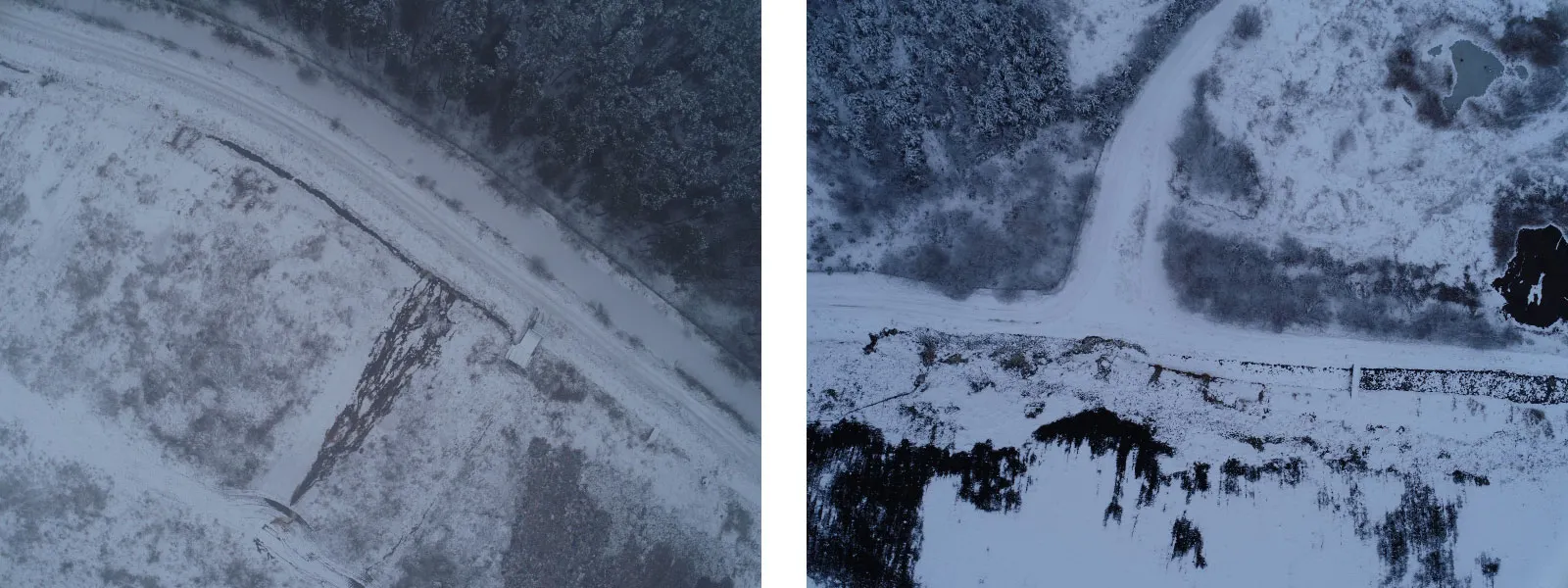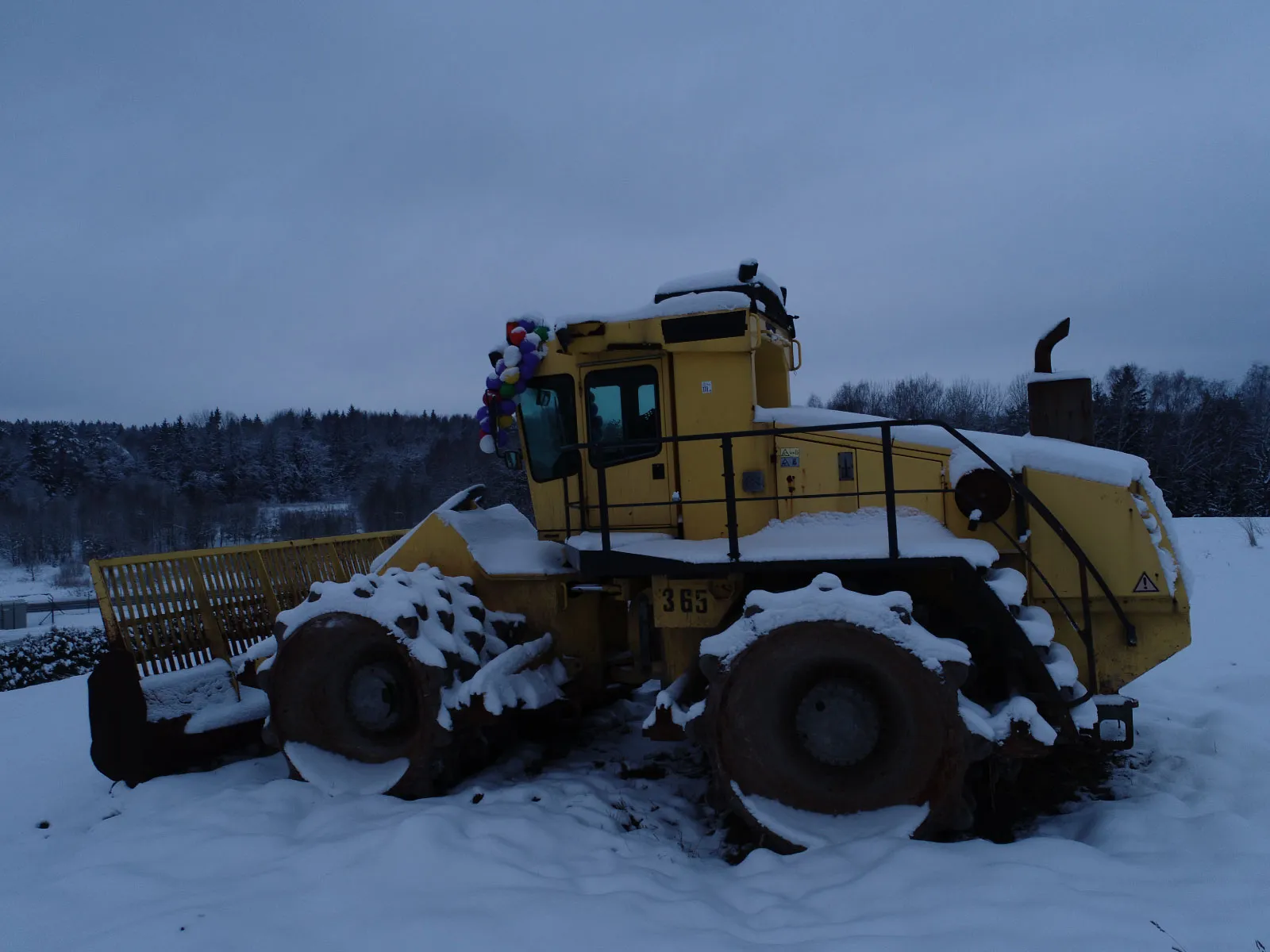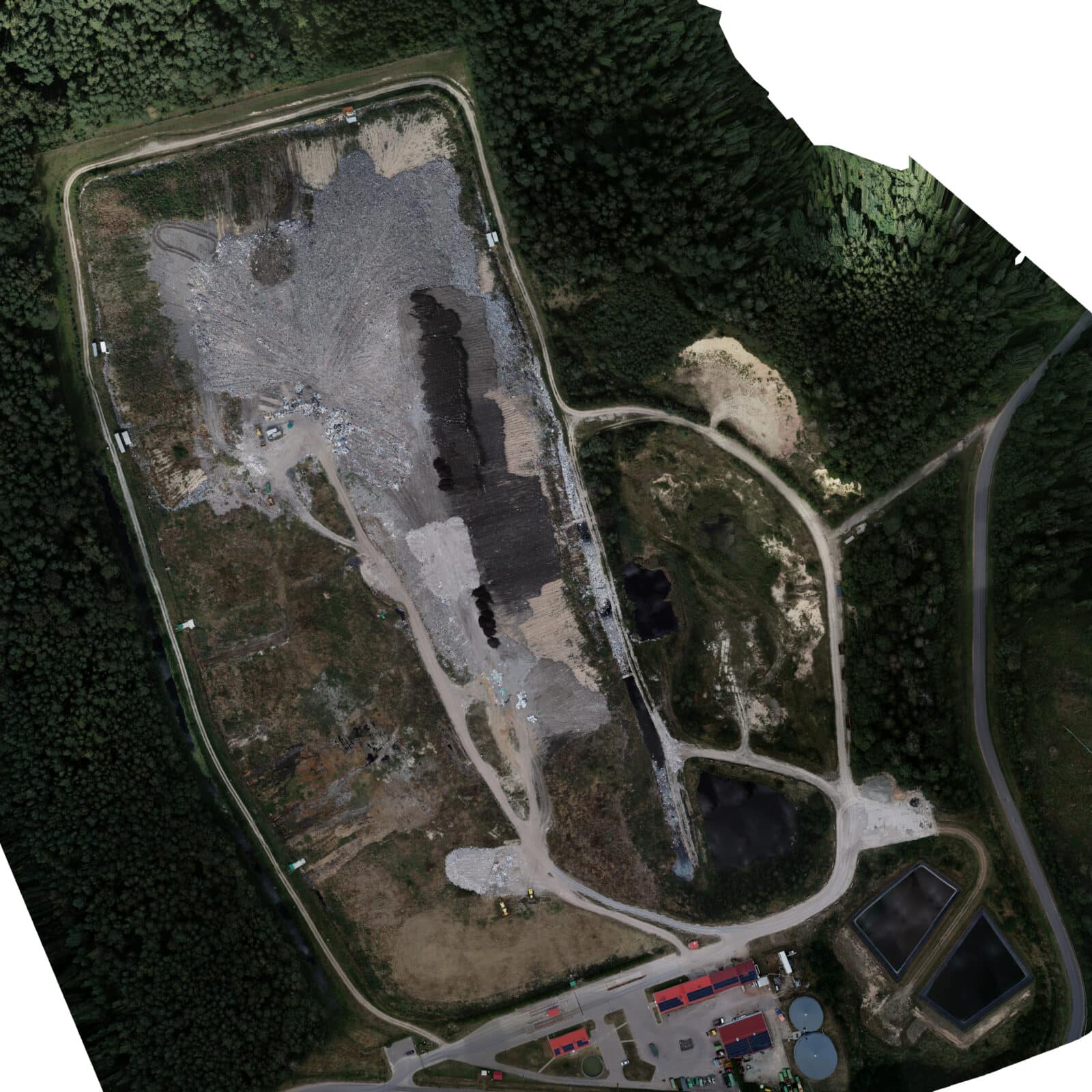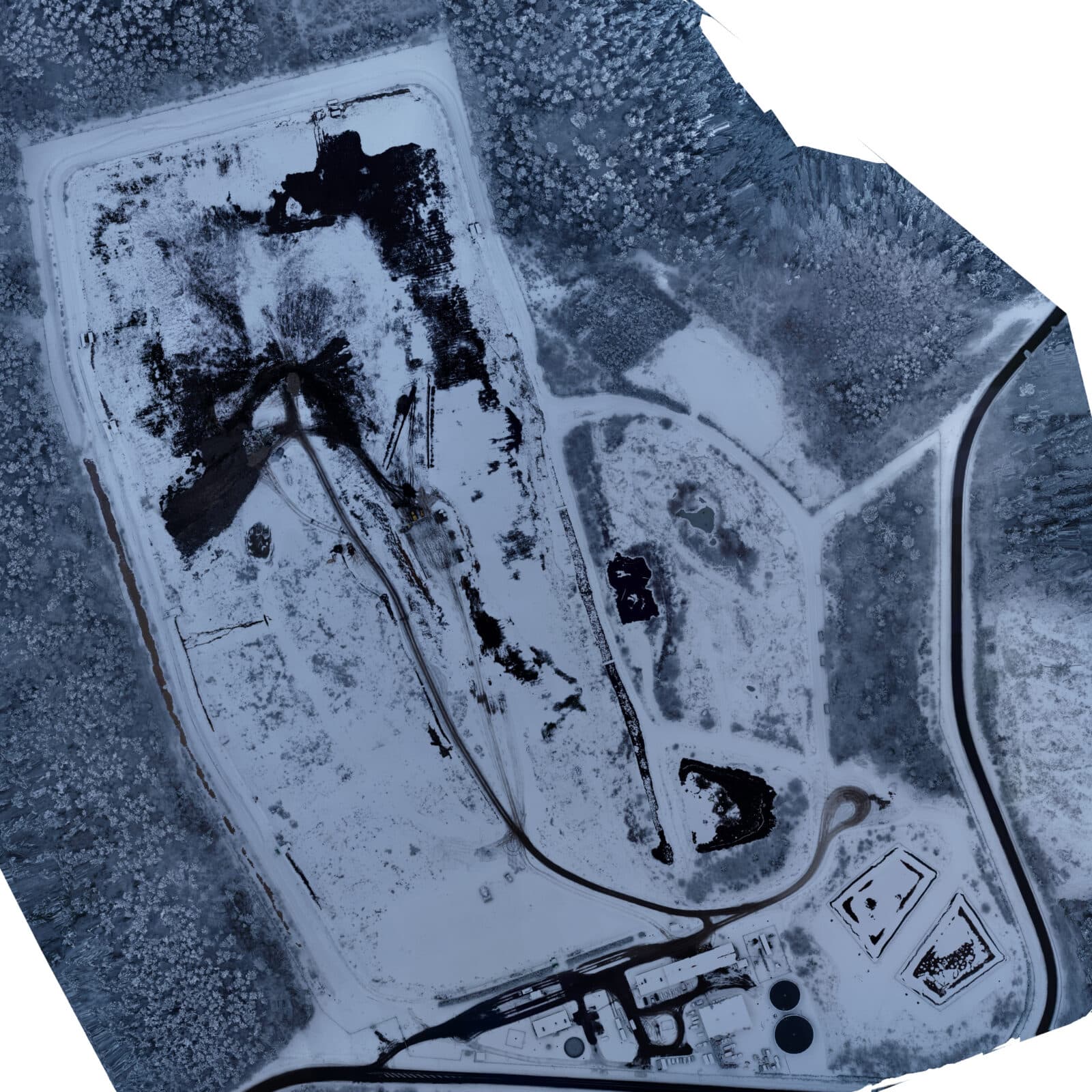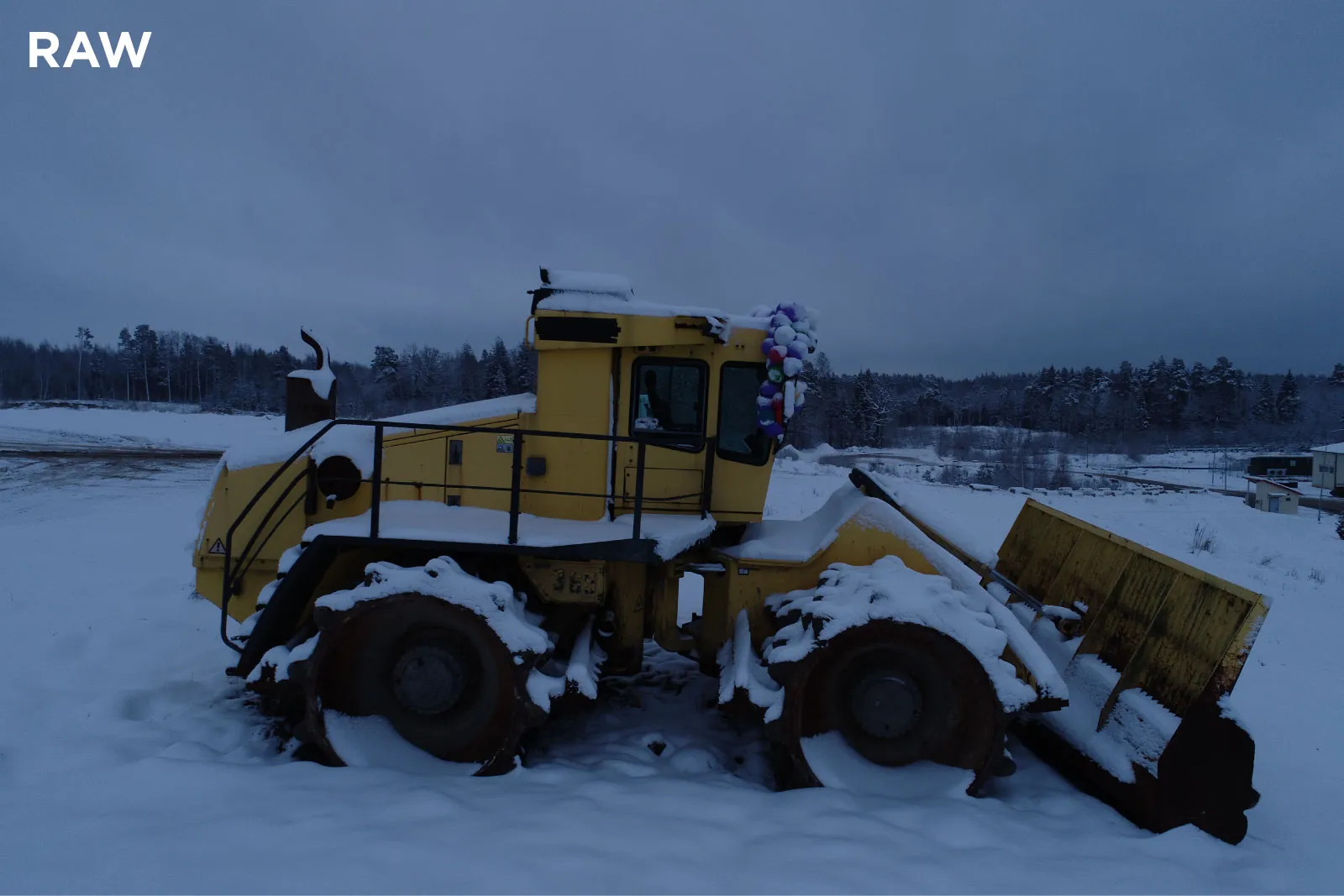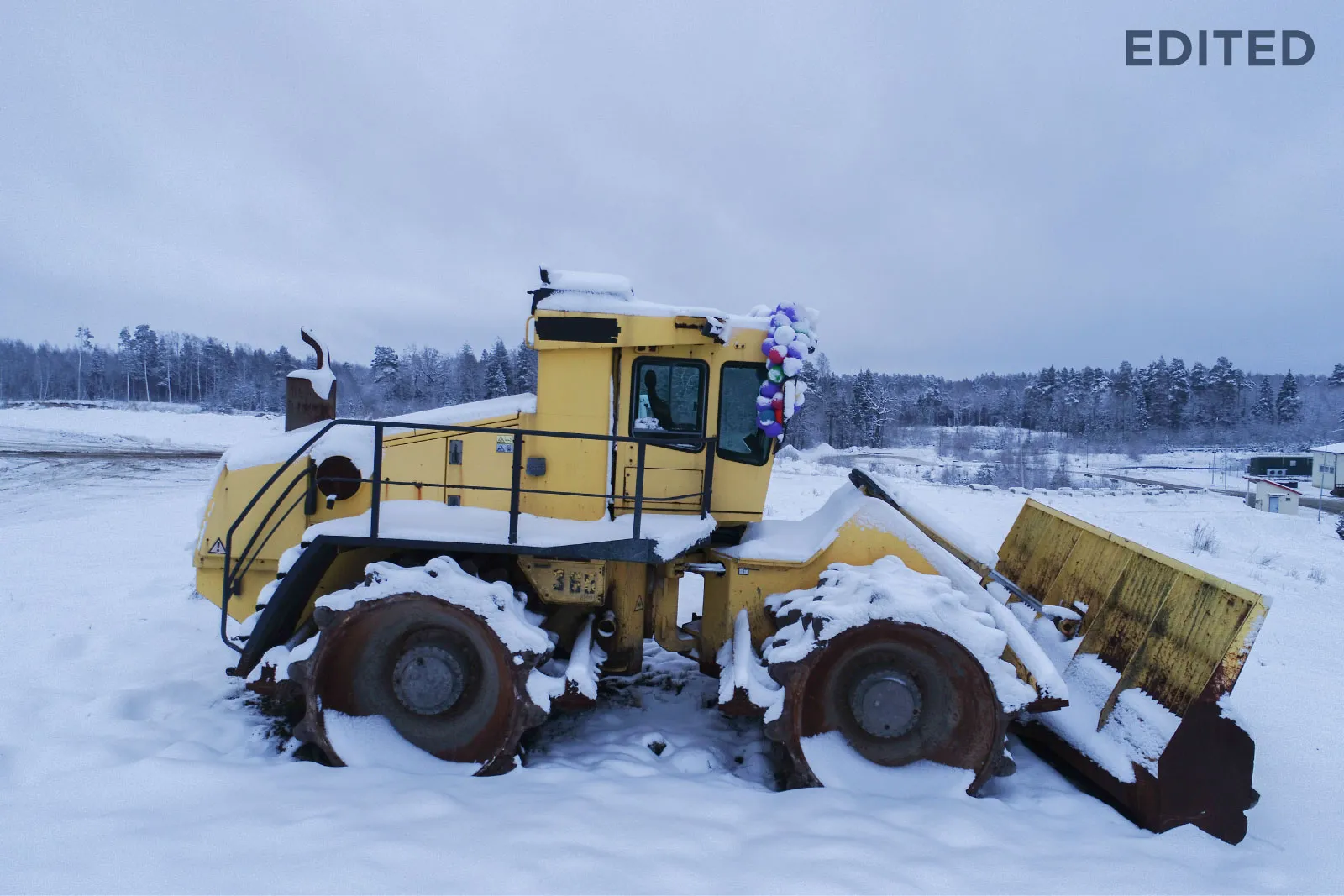Winter Photogrammetry
 Lukas
Zmejevskis
Lukas
Zmejevskis
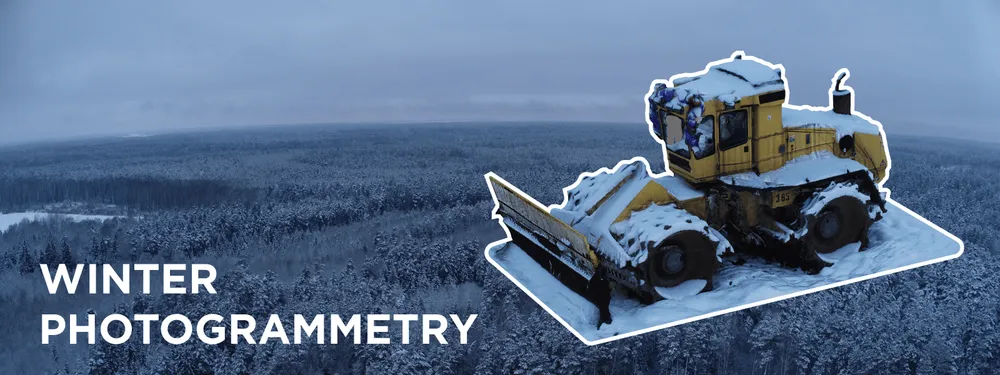
Winter weather hits unexpectedly every year at about the same time. Every professional working outside has to adapt and overcome winter conditions. It includes photogrammetry professionals doing aerial drone work, heavily impacted by weather. Let us discuss the main challenges we face during winter and where we draw the line when we need to abort the mission and plan for the next opportunity.
Flight Conditions
Moisture is the main reason UAV missions get canceled no matter the time of the year. In winter, moisture is especially dangerous for various electronic and mechanical parts when mixed with lower temperatures. What makes it even worse is that the most hazardous temperatures are mild, 0 to -4 degrees celsius. Milder winter temperatures mean precipitation, which can freeze and damage various components. Much colder but dry conditions will mean discomfort for the pilot and shorter flight times. Still, it presents less danger to your equipment compared to warmer, wet conditions.
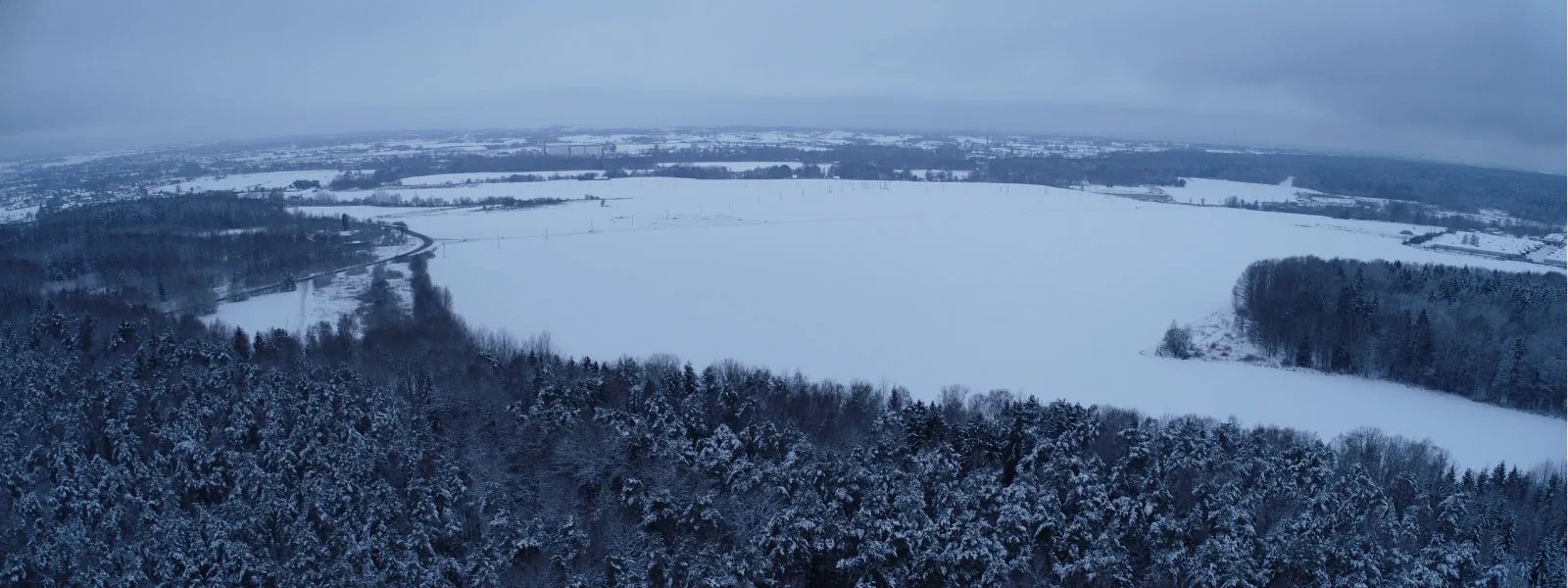 We tried flying a Phantom 4 RTK drone during a very light drizzle and mild -3 degrees. The camera and the entire drone froze over, while the atmospheric haze due to high moisture reduced the image quality considerably. After a while, the drone refused to ascend for some reason, and we had to call it quits. Unless your drone has an IP rating, we recommend only flying in dry conditions in winter.
We tried flying a Phantom 4 RTK drone during a very light drizzle and mild -3 degrees. The camera and the entire drone froze over, while the atmospheric haze due to high moisture reduced the image quality considerably. After a while, the drone refused to ascend for some reason, and we had to call it quits. Unless your drone has an IP rating, we recommend only flying in dry conditions in winter.
Hazy vs Clear weather conditions
The wind is another factor to consider. Wind makes cold a lot colder. If you have -10 C outside and a 5-meter-per-second wind – it will feel like -17 C. It is called wind chill, and you can calculate how different combinations of wind will feel here. And as you would imagine right now, wind, moisture, and cold are a deadly combo, so if things seem windy – be prepared.
Read more about Weather Conditions for Aerial Photogrammetry here.
Snow vs. Photogrammetry
With weather conditions out of the way, we must consider the subject before flying. A perfectly uniform white snow is a dealbreaker for winter photogrammetry. A surface covered with fresh, undisturbed snow will have no features for photogrammetry algorithms to find and reconstruct. There is little that we can do without removing the snow or even painting it. But suppose a significant part of your subject is visible, or the snow is melted or disturbed heavily. In that case, you can still try to take the photos. The perfectly white snowy surfaces may have some artifacts. Still, depending on your use case, the scene might be salvageable overall.
Read more about Photogrammetry Fails and Issues – Part 1, Part 2.
Winter Photogrammetry Examples
The example below is a small manual scan of some heavy machinery. We took care to take more photos than necessary for these conditions, but as you can see, there are still some holes in the most uniform snowy spots.
The following example is a much bigger scene that contains some perfectly white spots. Still, in general, the overall detail makes it a successful scan. We compared the same area scanned in autumn, and this set has no fundamental failures. However, the volumetric measurements will be affected by the snow.
Advice for Winter Photogrammetry
There are a few pieces of advice that we can give to avoid critical failure during winter flights. Let us list some of the most common problems and solutions to them:
1. Battery temperature. If the drone detects that the battery is too cold - it will refuse to take off. To avoid that keep all the batteries warm. It means not in the case as usual but in your pockets or a warm car. Do the same even for batteries that you have used up or may not use, do not leave the equipment in the car for extended periods. If batteries get below a specific temperature, they can be permanently damaged.
2. Lens fog up. Lenses and other glass elements will fog up if the temperature changes drastically quickly. To avoid that, you do the opposite - you do not heat the drone body and the camera so that when you take it out, the significant temperature drop induces condensation. Just keep the drone in average, dry conditions, and let it sit outside for a bit before inserting the battery. Suppose the lens fogs up; then clean it and wait a little more. When it reaches a temperature equilibrium, it will not fog up anymore.
3. Control device slowdown - you will notice that the control devices, whether smartphones or remote controllers with screens, slow down in the cold. There is nothing much you can do about that besides keeping it as warm as possible. We recommend giving your device a hat to keep it warm. A wool hat will shield it from the elements and will not impede the transmission signal in any way.
4. Camera exposure. Snow is easy to overexpose. To keep the snow in check, you should take darker pictures, but do not forget what your subject is. If the snowy parts are perfectly white, expose your photos for the subject - not the snow. If you are doing measurements and the winter aesthetic is not the priority, make your pictures brighter, so the subject is well exposed.
5. Pilot demotivation. Working in the cold might be frustrating and frustrated people make mistakes. Be prepared; use gloves with touchscreen capability, so you do not need to bare your fingers. Bring a stand for your remote, so you can keep your hands in your pockets or even monitor automatic flights through your car window. Some hot tea or coffee can make a massive difference if your patience and motivation run low.
Conclusion
They say there is no such thing as bad weather, only bad clothing. Keep yourself warm and the equipment ready, and you will be able to do some fantastic winter photogrammetry 3D scans. Of course, the fundamentals are critical when taking pictures in worse conditions, so remember those too. And if the weather gets too rough, save time and your equipment for the next opportunity. A job worth doing will be so at a later date too.

Photographer - Drone Pilot - Photogrammetrist. Years of experience in gathering data for photogrammetry projects, client support and consultations, software testing, and working with development and marketing teams. Feel free to contact me via Pixpro Discord or email (l.zmejevskis@pix-pro.com) if you have any questions about our blog.
Related Blog Posts
Our Related Posts
All of our tools and technologies are designed, modified and updated keeping your needs in mind
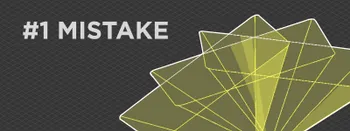
No. 1 Mistake You Are Making in Photogrammetry Right Now
As photogrammetry software developers, we need to troubleshoot multiple projects from our clients every week. The number one mistake, especially when making measuring projects, is using redundant photos. These photos can appear for a few reasons, which I will describe, and they can be quickly dealt
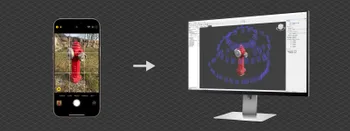
Classic Photogrammetry with an iPhone
Photogrammetric 3D scanning can turn a bunch of regular photos into a 3D model or a scene. So, we only need a camera and some knowledge of how to take photos. In the previous article, we tested the latest iPhone camera with a few different apps.
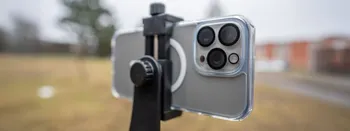
Manual Photography with iPhone 16 Pro Max - Android/Windows User Perspective
Adage as old as touchscreens on portable devices tells us that the best camera is the one you have. We have the luxury of having cameras everywhere we go because we are dependent and addicted to smartphones.
Ready to get started with your project?
You can choose from our three different plans or ask for a custom solution where you can process as many photos as you like!
Free 14-day trial. Cancel any time.
.svg@webp)
